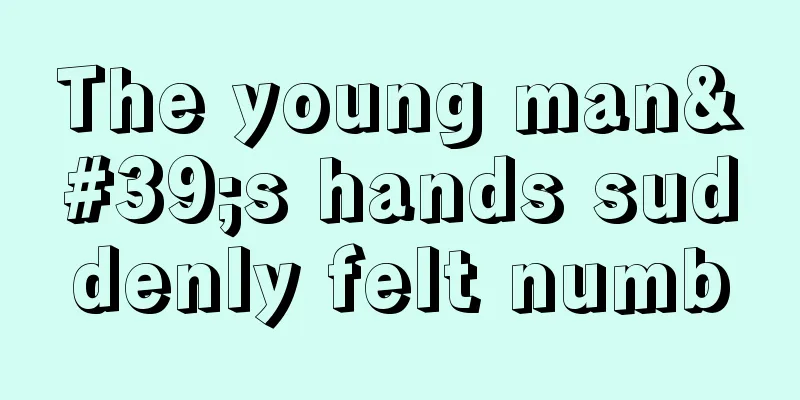How many bones are there in the lower limbs

|
The human body structure is complex, especially the bones that make up the body, because the entire body needs to rely on bones for support. So bones are an important part of the body, and the names of bones in each part should be different. Then we will find that the bones in each part play their own role, so how many bones are there in the lower limbs? The bones of the lower limbs are divided into lower limb girdle bones and free lower limb bones. The bones of the lower limb girdle are the hip bones, and the free lower limb bones include the femur, patella, tibia, fibula, 7 tarsal bones, 5 metatarsal bones and 14 toes. How many bones are there in the human body An average adult has 206 bones, including the skull, trunk, and limbs. The role of human bones (1) Supportive function: Different bones in the human body are connected into a whole through joints, muscles, ligaments and other tissues, which provide support for the body. If humans did not have bones, they would just be a pile of soft tissue lying on the ground, unable to stand, let alone walk. (2) Protective function: The human skeleton is like a frame that protects the important organs of the human body and avoids them from being disturbed and damaged by external forces as much as possible. For example, the skull protects the brain tissue, the spine and ribs protect the heart and lungs, and the pelvic bones protect the bladder and uterus. Without the protection of bones, external impacts and blows can easily damage internal organs. (3) Motor function: Bones work together with muscles, tendons, ligaments and other tissues to complete human motor functions. Bones provide the necessary support for movement, muscles and tendons provide the power for movement, and the function of ligaments is to maintain the stability of bones so that movement can continue. So, we say that bones are the basis of movement. (4) Metabolic function: Bones have a close metabolic relationship with the human body. Bones contain large amounts of calcium, phosphorus and other organic and inorganic substances, and are participants and regulators of inorganic salt metabolism in the body. Bones also participate in the regulation of human endocrine system, affecting the secretion and metabolism of hormones in the body. Bones are also related to the balance of electrolytes in the body. (5) Hematopoietic function: The hematopoietic function of bones is mainly manifested in human childhood. The bone marrow cavity contains a large number of hematopoietic cells, which are involved in the formation of blood. When people reach adulthood, red bone marrow with hematopoietic function still exists in some cancellous bones. |
<<: How many calories does a person eat in a day
>>: Stimulate adrenaline secretion
Recommend
The difference between chestnut papules and syringoma
Chestnut papules and syringoma are both very comm...
Consequences of failed transforaminal endoscopic discectomy
Percutaneous endoscopic lumbar discectomy is a ve...
Is there any cure for uremia
Many friends are very familiar with uremia, and t...
What to do about lip pigmentation, Q laser technology is so good
Under the influence of some bad habits, some fema...
Can advanced renal cancer with bone metastasis be cured?
Can bone metastasis of late-stage renal cancer st...
Liver cancer treatment tends to be comprehensive treatment
Treatment has made the slowest progress in liver ...
What are the symptoms of liver damage
Liver injury commonly presents symptoms such as t...
What are the treatments for papules and acne
Having acne is a very painful thing for us, espec...
Is gastric cancer hereditary?
If we divide these regions into developed and dev...
What is the method of grape seed essential oil breast enhancement?
Among various breast enhancement methods, essenti...
What is the cause of bedsores in patients with liver cancer? Nursing methods for bedsores in patients with liver cancer
Liver cancer patients are bedridden for a long ti...
What medicine should I take if my heart stops working
Cardiac arrest seems very unfamiliar to many peop...
What are the high-risk factors for endometrial cancer? Pay attention to 5 points
One of the high-risk factors for endometrial canc...
Answers to your questions about the clinical manifestations of colon cancer
The occurrence of colon cancer has some impact on...
Are there any benefits to soaking your feet in essential oils?
Since their discovery in ancient India, essential...









